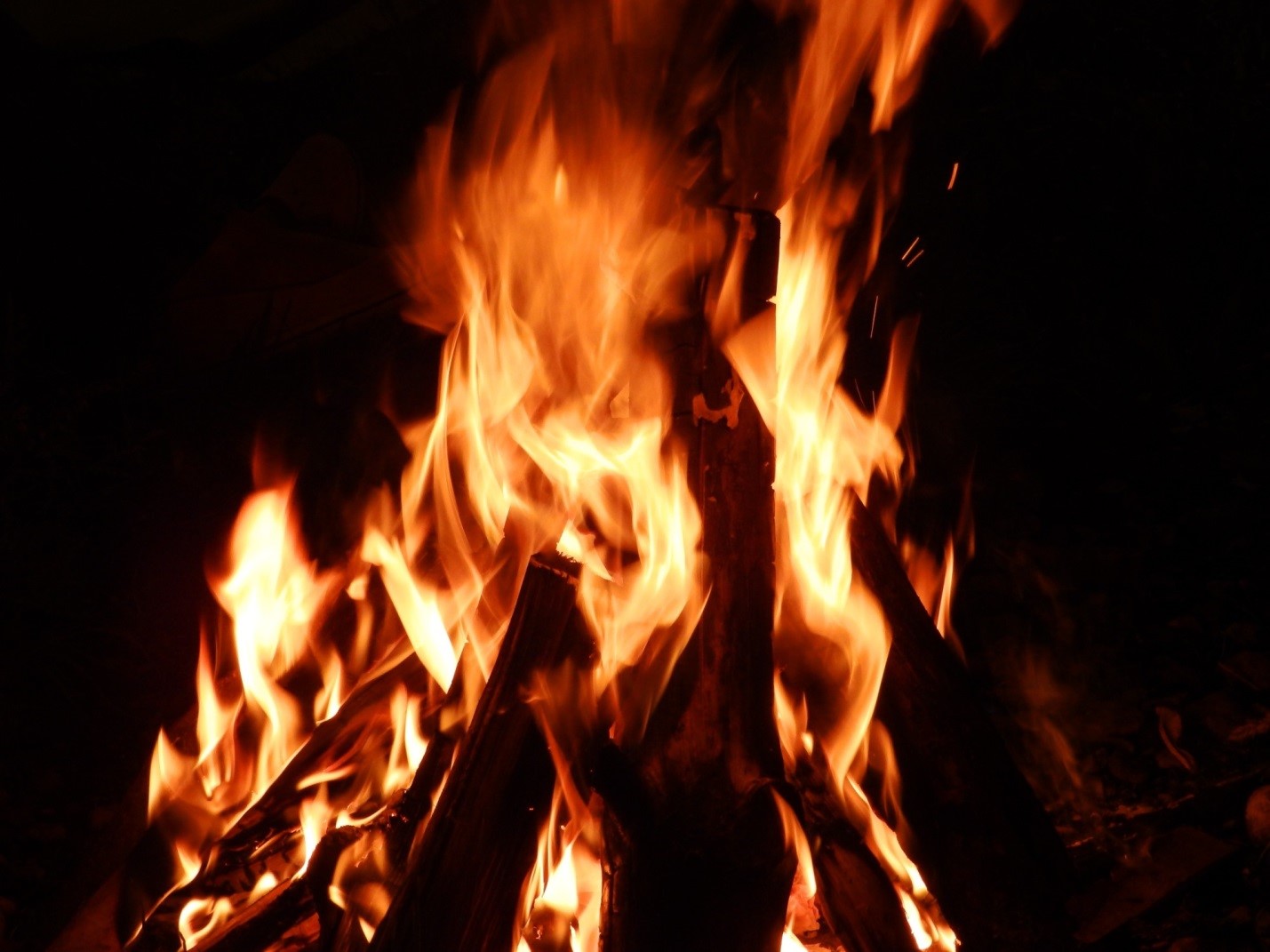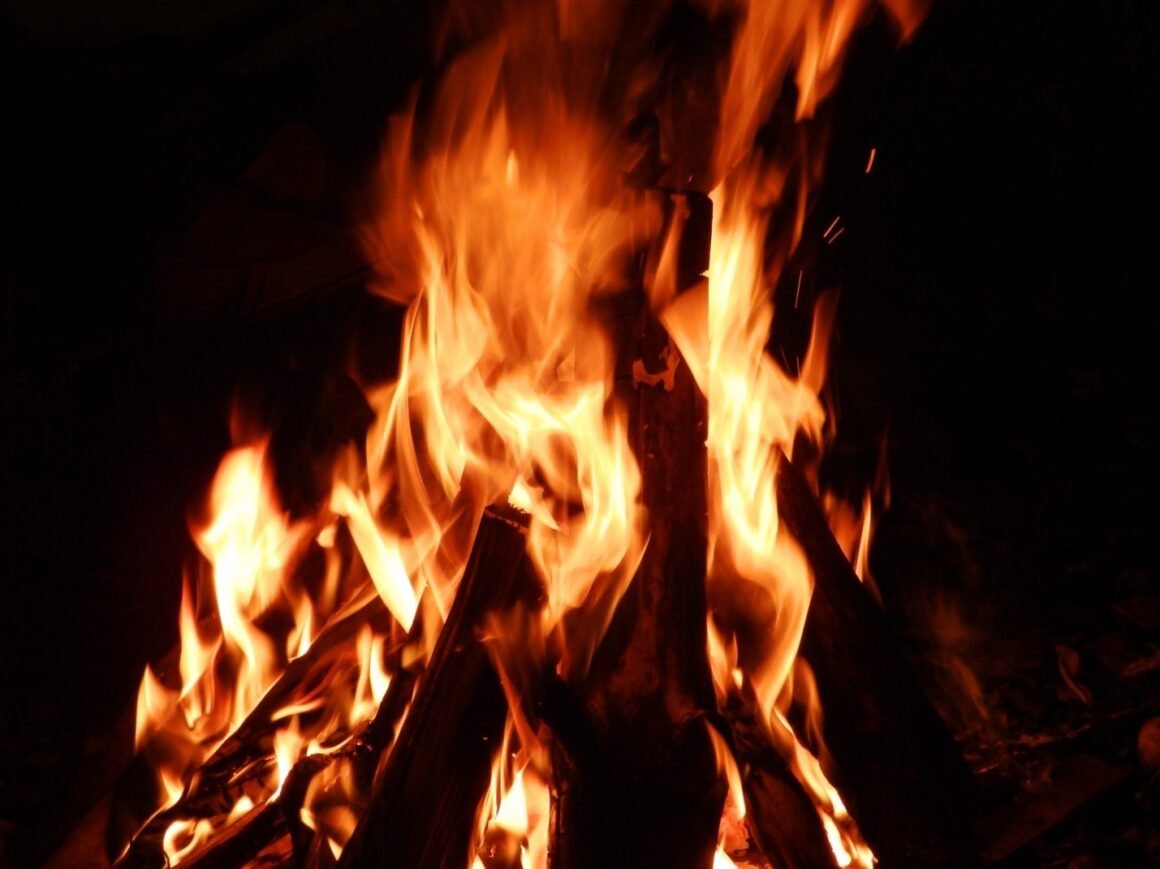Table of Contents Show
Cold weather and a crackling fire make for the perfect evening. The dry warmth of a fire penetrates to the bone, making winter some people’s favorite season. Who doesn’t love the sound of wood popping and the earthy smell of a fireplace?

If you’re one of the thousands of people looking at a wood burner as a source of heat, keep reading.
Here are some key things to consider before you make the move to a wood-fired stove.
Size of the Room
Before you lay some cash on the barrel at the local wood-burning stove store, consider the size of the room or home you plan on heating.
You may not need the ginormous stove you’ve set your eye on. You also may need something bigger than the cheapest stove in the showroom.
The size of your room determines how big your stove needs to be. Calculate the volume of the room by multiplying the height times the width times the length. You can do this in either meters or feet.
If you’ve used meters, then divide the number by 14. If you’ve used feet, then divide the volume by 46.
The final number is how much heat the stove should produce in kilowatts. So if you’re room volume equals 460 feet or 140 meters, you need a 10 KW stove minimally.
If you’re looking at your dream stove but wondering if it’s the right size, work your formula backward.
So if you’re looking at a 10-kilowatt stove, multiply the number by 14 or 46, depending on if you’re working in meters or feet. The final number should be the minimal volume of your room.
Size of the Wood Burner
Now that you understand how to calculate the amount of heat you need for your room, make sure you pick the right size of a wood burner.
Pick an indoor wood burning stove that’s slightly too big for your room. You do not want an undersized stove.
Make sure the stove itself fits in the room you’re heating. Measure the room and the area where you will install the stove. Then picture the stove there.
Consider putting a box or piece of furniture where you plan on putting the stove temporarily so you can imagine the volume the stove will take up.
Do You Have Ample Wood Access?
Not all wood is made the same. A wood stove heater makes this fact clear. You want to use hardwoods like sugar, red maple, hickory, oaks, beech, and hornbeam.
Hardwoods will burn cleaner, longer, and hotter than softwoods. Make sure you have an ample supply of wood and a reliable supplier.
Look at yard waste centers or tree trimming services to see if they have any excess they would sell you for cheap.
You can also buy firewood direct from suppliers.
Make sure to season the wood by leaving it alone for at least six months to dry out. Greenwood produces lots of smoke and creates more creosote in the chimney, thereby increasing the risk of a chimney fire.
So when you’re enjoying the heat of summer, it’s time to plan for the wood you need in the winter. Cut it and store it so it is seasoned.
Where Will You Store Your Wood?
To have good wood for your wood-fired stove, you need a purposeful place to store your wood. Have a place with good air circulation.
A shed with no sides or rows with tarps often works well. Keep the wood off the ground by putting it on green treated planks or palates.
Do You Have the Muscle?
Even if you know how to use a wood-burning stove, you need the muscle to maintain it.
Wood stoves are labor-intensive. Are you going to cut your own wood? Do you have the time and the muscle to do this?
Cutting a cord or two of wood, splitting it, and stacking it is a full day’s work. Also, plan for the time and attention you need to keep the fire going in the stove. A wood stove needs to be checked every six to eight hours.
Have You Put In Safety Measures?
Make sure your homeowner’s insurance covers if you have wood heat before you go through the labor and cost of installing a wood stove.
Also, plan on cleaning the chimney every year. Creosote can build up in a chimney, putting you at risk for a volcanic chimney fire.
Make sure you have proper ventilation. Carbon monoxide can build up without this ventilation. Invest in a carbon monoxide detector.
Also, have the proper wood-cutting tools. Do not use your dad’s old chain saw he gave you when he got a new one.
Make sure your saw has a new chain. Chain saws and axes can cut through your own limbs as easily as they cut through a tree’s, so wield your tools carefully.
Do You Have an Installer?
Do not attempt to install the wood stove on your own. You can have a great wood stove that gives you horrible results if it’s not installed properly. Have an experienced technician install your wood stove.
When the time comes to have your chimney cleaned, hire someone certified by the Chimney Safety Institute of America.
How Technical Are You?
The most primitive wood stoves require the manual labor of someone willing to split and stack wood. Modern wood stoves have smart features that you can use to create an efficient heat source.
Some newer wood stoves have features that allow you to start your stove easily and remotely control the burn.
Some even have features that protect your family from a chimney fire. These features make the smart wood stove cost more, but they also give you peace of mind.
Is the Stove Clean?
New EPA restrictions as of January require stoves to emit no more than 2.0 grams per hour. The majority of wood stoves do not fit this regulatory requirement. So make sure your stove meets the limitation.
Warm Wood, Warm Heat
A wood burner generates perfectly warm, dry heat. It smells great, and it’s cost-efficient.
For more great information about how to improve your home design, keep visiting our site.










